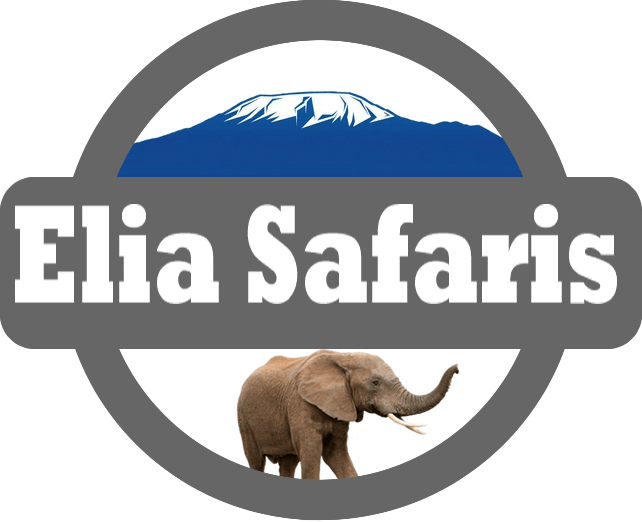
Serengeti National Park
Serengeti National Park is undoubtedly the best-known wildlife sanctuary in the world, unequaled for its natural beauty and scientific value, it has the greatest concentration of plains game in Africa
The Serengeti National Park in Tanzania was established in 1952. It is home to the greatest wildlife spectacle on earth – the great migration of wildebeest and zebra. The resident population of lions, cheetahs, elephants, giraffes, and birds is also impressive. There’s a wide variety of accommodation available, from luxury lodges to mobile camps. The park covers 5,700 sq miles, (14,763 sq km), it’s larger than Connecticut, with at most a couple hundred vehicles driving around.
The Park can be divided into 3 sections. The popular southern/central part (Seronera Valley), is what the Maasai called the “Serengeti”, the land of endless plains. It’s a classic savannah, dotted with acacias and filled with wildlife. The western corridor is marked by the Grumeti River and has more forests and dense bush. The north, Lobo area, which meets up with Kenya’s Masai Mara Reserve, is the least visited section.
Two World Heritage Sites and two Biosphere Reserves have been established within the 30,000 km² region. Its unique ecosystem has inspired writers from Ernest Hemingway to Peter Matthiessen, filmmakers like Hugo von Lawick and Alan Root as well as numerous photographers and scientists – many of whom have put their works at our disposal to create this website.
The Serengeti ecosystem is one of the oldest on earth. The essential features of climate, vegetation, and fauna have barely changed in the past million years. Early man himself made an appearance in Olduvai Gorge about two million years ago. Some patterns of life, death, adaptation, and migration are as old as the hills themselves.
It is the migration for which Serengeti is perhaps most famous. Over a million wildebeest and about 200,000 zebras flow south from the northern hills to the southern plains for the short rains every October and November and then swirl west and north after the long rains in April, May, and June. So strong is the ancient instinct to move that no drought, gorge, or crocodile-infested river can hold them back.
The Wildebeest travels through a variety of parks, reserves, protected areas, and a variety of habitats. Join us to explore the different forms of vegetation and landscapes of the Serengeti ecosystem and meet some of their most fascinating inhabitants.




